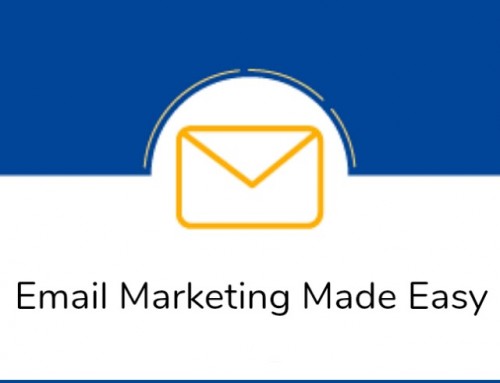Most businesses are so focussed on obtaining new customers, they run the risk of thinking this is their greatest growth strategy.
However, when you allocate a high percentage of your resources (people, systems, marketing, cash) into obtaining a customer, what do you have left to look after existing customers?
Here’s the Big Question.
If I asked you to provide me with your attrition rate, could you give me the information?
First of all, some of you may be asking what attrition is. Simply put, attrition is those customers you lose – they have stopped buying from you. There will be a number of reasons why this has happened over the years.
However, my guess is that, unless you upset them, something happened in their life which either changed their buying pattern or meant they no longer needed your product or service.
Assuming that your business has not upset these customers and therefore they would never buy from you again, you have a very good chance of attracting them back to your business and spending money with you again.
A quick true story…
I tell this story during my Masterclass presentations because it’s a great example of attrition…
A number of years ago I used to attend a gym every weekday morning. This was a well-known gym with many locations across the country.
At the beginning of the year, the gym was full of the well-wishers. We named the members this because they were the January 1st New Year’s resolution crowd.
In January, these new members were enthusiastic and attended regularly, which meant we had to queue for machines.
By February there was a noticeable drop in numbers and by March, only the truly dedicated members were remaining – ah bliss, no more queues!
As Easter approached, the gym would be running their latest expensive marketing campaign to attract new members. Guess what, another new set of faces appeared, to get in shape for their summer holidays.
Two months later, numbers were dwindling again. And so the pattern repeats.
This gym had major attrition problems and had no idea how to solve them. As a result, they poured more money into attracting new customers rather than finding ways to keep existing customers. This in turn was costing the business a fortune and significantly reduced their profitability. This in turn meant they did not have the funds to re-invest. Does this sound familiar?
Often I find this is one of the fastest way of increasing your sales
But first you need to study your records to ascertain the percentage of customers who have not purchased from you over a given period of time.
This time frame will differ from business to business, depending on what you sell. If your average customer buys from you every week, then it’s fair to assume that most customers who have not purchased from you within three months form your attrition figures. There are always exceptions, however, you decide the time frame.
Likewise, if the average customer buys three times per annum, then you would look at a longer period of inactivity.
Let’s create an example for you to follow and use as a guide
Let’s say that you have 2,000 customers. After reading this article, you find that 60% are “live” now and therefore 40% have not made a purchase for an unusual length of time.
Number of customers = 2000
Active 60% = 1200
Inactive 40% = 800
Let’s say average profit per transaction is £100
And, customers buy on average 4 times per annum
Each customer in profit terms is worth £400 per annum
OK I may be using low numbers here, and some of the above terms you may never have thought of or seen before. Stick with the example and you’ll understand.
Let’s say you manage to re-attract only 10% of the inactive customers
10% of 800 = 80 customers
As we stated above, each customer is worth £400 profit per annum
80 x £400 = £32,000 additional profit per annum!
So, you see from this simple example what is possible. Please work this out for your business. Why not email me paul@profitmastersltd.com and tell me what you’ve discovered.
We’re not finished yet…
In my experience, this is only one element in this process. By the way, repeating this frequently in the year will increase your chances of re-attracting more inactive customers.
And, whilst you’re doing this, I hope you are also looking at the reasons why these customers became inactive and addressing any internal issues that will reduce your attrition rate.
My final key point for you
It’s important that you split your marketing budget into two keys areas:
1) Attracting new customers
2) Retaining existing customers
You will quickly realise that it costs more to gain a new customer than it does to retain a customer.
It is therefore critical that you minimise attrition so that you are wasting as few resources as possible building your customer numbers rather than replacing inactive customers. To be blatantly obvious, if you lose 10% of your customers every year and only attract 10% new customers then you are throwing hard-earned money away and not gaining any ground as a business. With costs rising and the value of money falling, in reality, your business is in a slow decline.
For help with your marketing problems and challenges simply email paul@profitmastersltd.com to arrange an informal 45 minute







Leave A Comment
You must be logged in to post a comment.